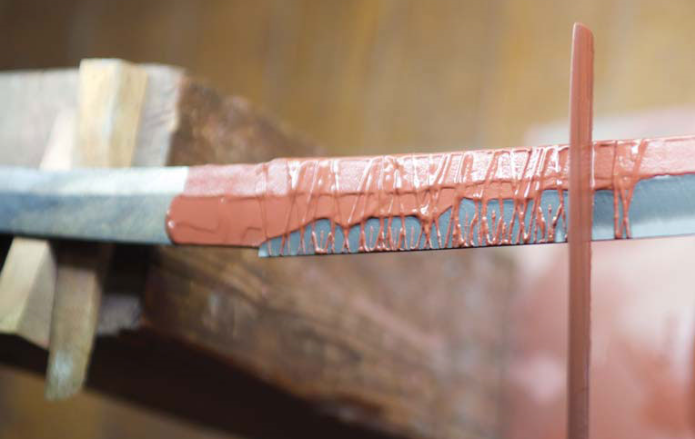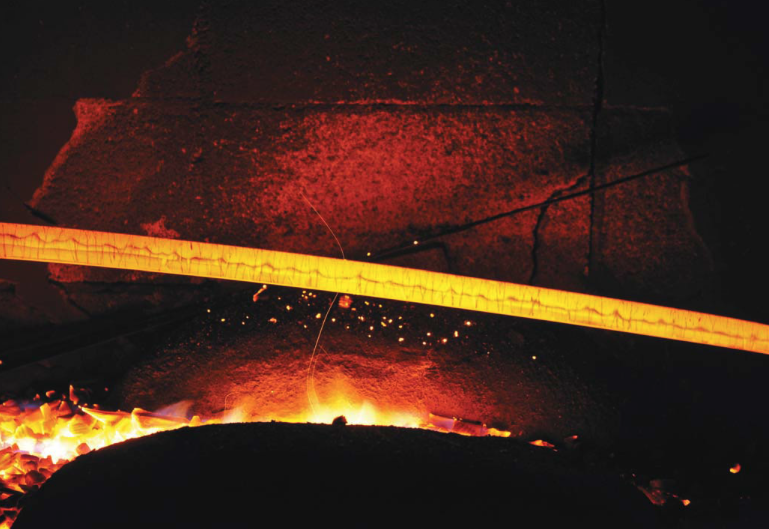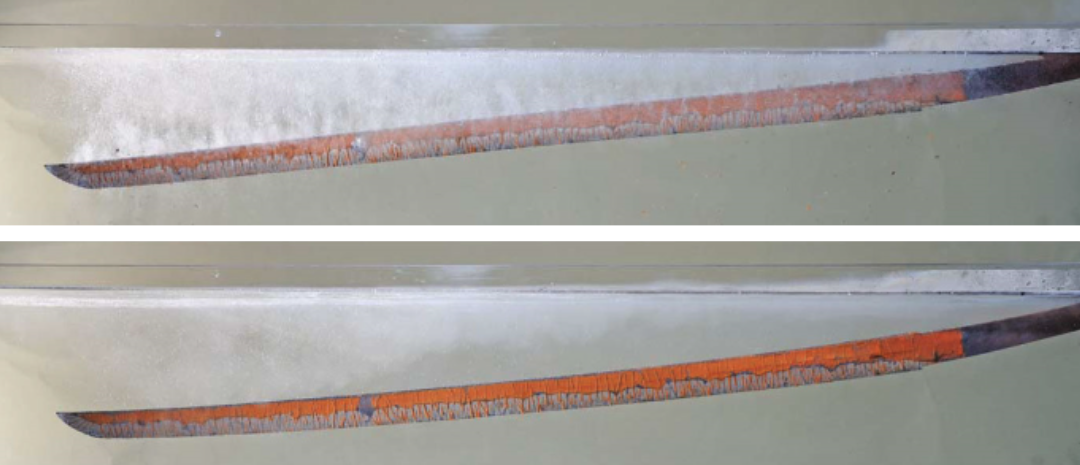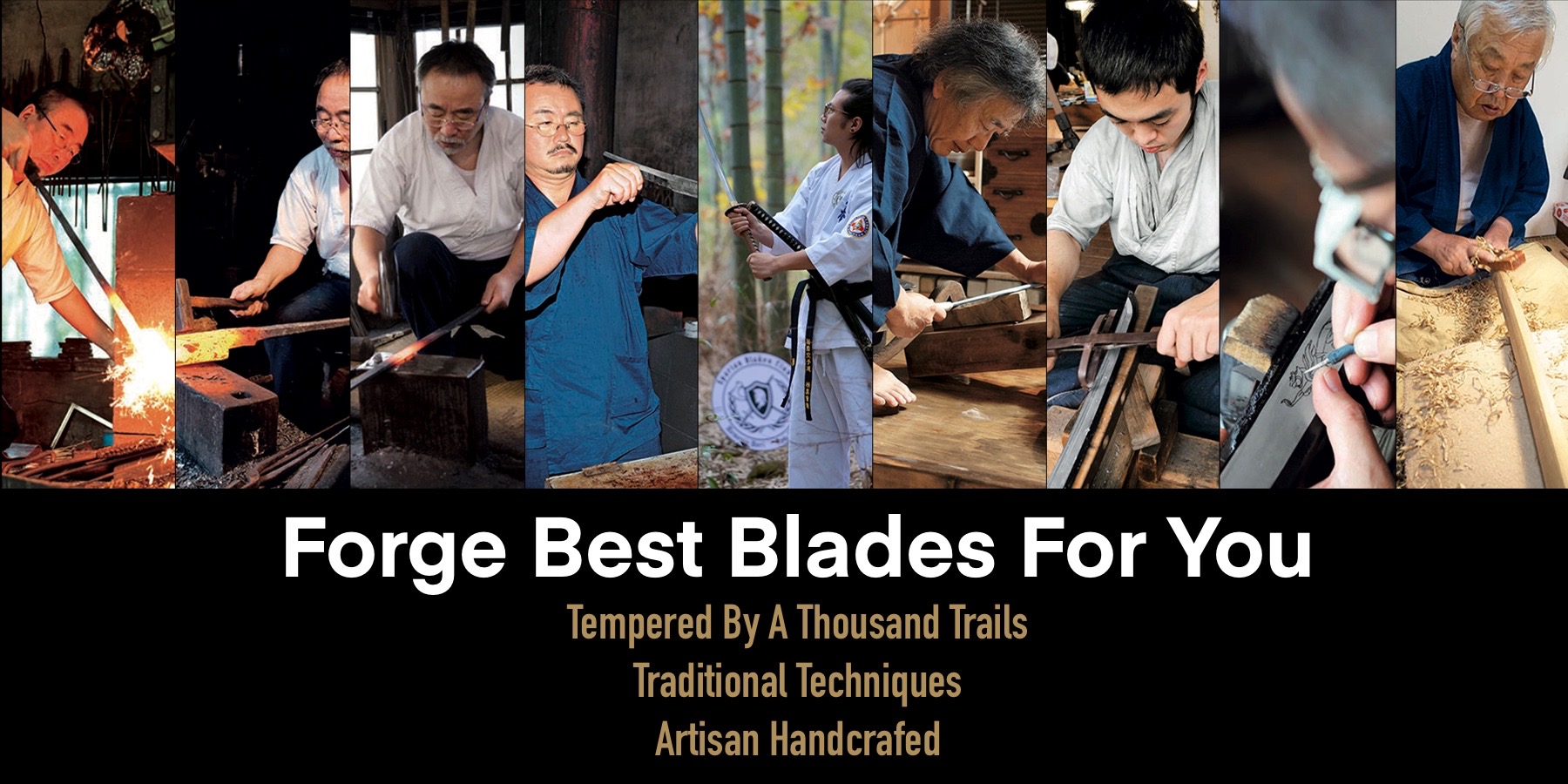What Is Clay Tempering in Swordsmithing?
2023-09-08
Swordsmithing is a time-honored craft that has produced some of the most iconic and formidable weapons in history. One of the key techniques used in crafting high-quality swords is clay tempering. In this article, we will delve into the fascinating world of clay tempering and explore its role in creating exceptional blades.
Understanding Clay Tempering
Clay tempering is a specialized heat treatment method employed in the forging of swords and other bladed weapons. It is a process that enhances a blade's overall performance, durability, and aesthetics by controlling the way it cools during the quenching phase. Clay tempering is renowned for its ability to create a distinctive hamon line – a wavy pattern along the blade that not only adds an artistic touch but also signifies the differential hardness of the blade.
The Clay Tempering Process
The clay tempering process involves several meticulous steps:
1. Blade Forging
The swordsmith begins by forging the blade from a suitable steel alloy. The blade's shape and thickness are carefully shaped during this stage, setting the foundation for the final weapon.
2. Clay Application
Next, a layer of clay mixture is applied to the blade's surface. This clay mixture is composed of various materials, including clay, ash, and water. The application of clay is not uniform; it is strategically applied in varying thicknesses along the blade. The thick clay coating on the spine and thinner coating on the edge create the temperature gradient necessary for the hamon to form.

3. Heating
The blade is heated in a forge until it reaches a critical temperature (non-magnetic). At this point, it is ready for quenching. The clay plays a crucial role during this stage. The thicker clay insulates the blade, allowing it to cool more slowly, while the thinner clay cools rapidly. This stark contrast in cooling rates results in the differential hardening of the blade.

4. Quenching
The swordsmith quenches the heated blade by plunging it into a quenching medium, typically oil or water. The rapid cooling of the edge hardens it significantly, while the slower cooling of the spine leaves it relatively softer. This disparity creates the hamon pattern.

5. Tempering
After quenching, the blade is tempered to reduce its brittleness and improve its resilience. This is typically done by heating it to a specific temperature and then allowing it to cool gradually.
Advantages of Clay Tempering
Clay tempering offers several advantages to swordsmiths and enthusiasts alike:
1. Enhanced Durability: The differential hardening created by clay tempering results in a blade with a hard, sharp edge for cutting and a tougher, more flexible spine to absorb impacts.
2. Artistic Beauty: The hamon line formed through clay tempering is not only visually stunning but also unique to each sword, making it a work of art as well as a weapon.
3. Improved Blade Performance: The combination of hardness and flexibility in a clay-tempered blade leads to superior cutting and slicing capabilities.
Conclusion
Clay tempering is a time-tested technique that has been used for centuries to create some of the world's finest swords. Its ability to combine artistry and functionality makes it a cherished tradition in the world of swordsmithing. Whether you're a sword enthusiast or simply curious about this ancient craft, understanding clay tempering adds depth to your appreciation of these remarkable blades.
For a selection of meticulously crafted swords and blades, we recommend visiting the Spartan Blades Club. Here, you can find a wide range of blades that embody the artistry and craftsmanship described in this article.

For a selection of meticulously crafted swords and blades, we recommend visiting the Spartan Blades Club. Here, you can find a wide range of blades that embody the artistry and craftsmanship described in this article.



 USD
USD














